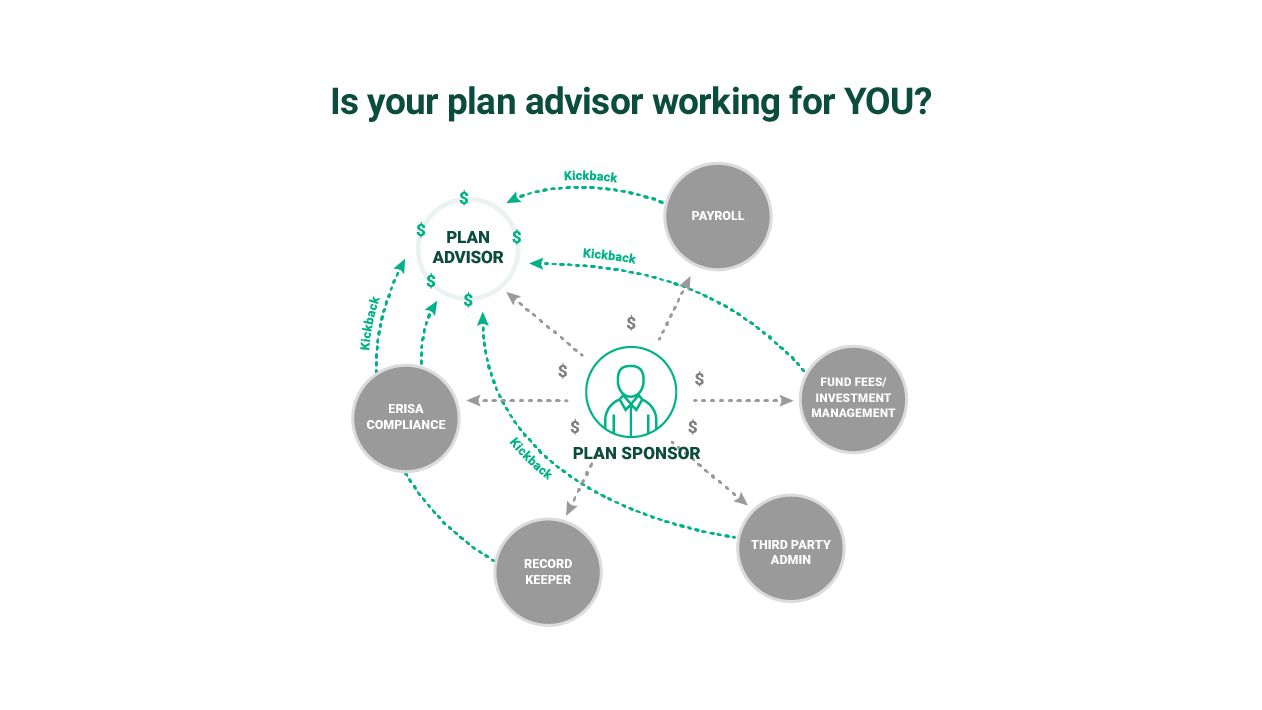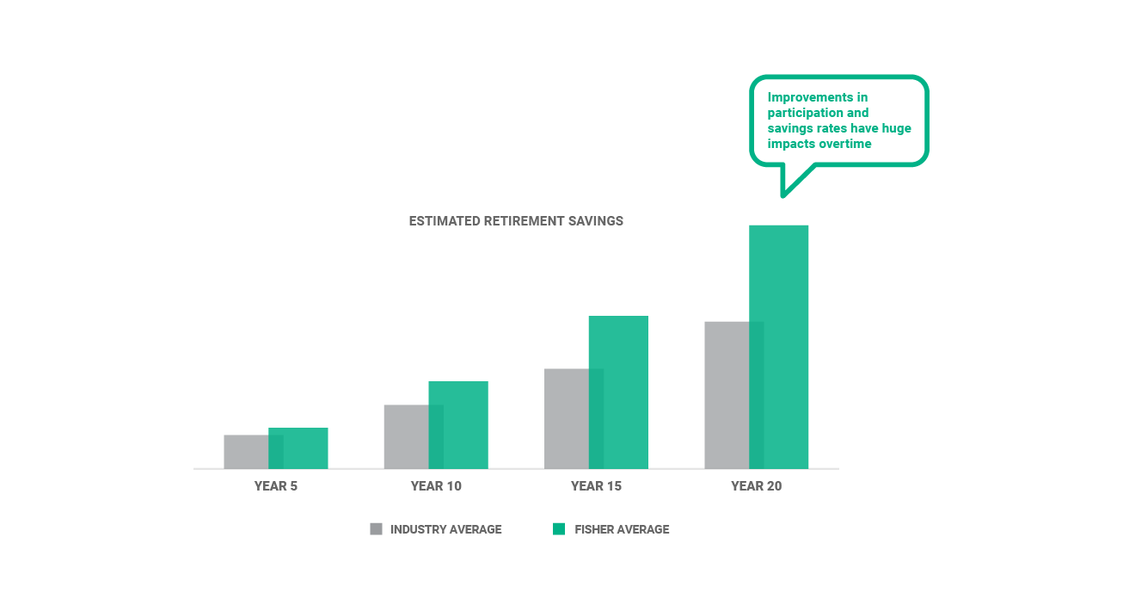Business 401(k) Services / Plan Administration
What Is Compound Interest?
Interest is a common part of our financial lives. We pay interest on credit card purchases and loans, and we earn interest on our savings and investments. There are different types of interest, however, and one form—compound interest—can result in exponential growth over time. For your employees who participate in your 401(k), this is the form of interest that helps make their retirement savings expand over the years. Let’s talk about compound interest, how it differs from simple interest, and what role the concept of compound interest plays in a 401(k) plan.
What Is Compound Interest?
Compound interest (also called “compounding interest”) is interest that is calculated on both the initial amount of a deposit or loan (also referred to as the “principal”) and on any interest previously accumulated on that amount. In other words, it’s interest you gain on interest you’ve already gained.
How Is Compound Interest Different From Simple Interest?
The most basic form of interest is simple interest, which is a little less complex than compound interest. Where compound interest considers both the initial amount of money saved or borrowed plus any interest gained since the start, simple interest only deals with that original deposit or loan. It’s easy to visualize how simple interest functions on a savings deposit of $10,000 with an interest rate of 5% per year. Over thirty years, that original deposit amount will accumulate $500 (or 5%) each year for a final total interest of $15,000 earned.
Compound interest, on the other hand, increases the amount of money upon which interest is calculated each year by adding the previous period’s interest to the total amount subject to the next period’s interest. Assuming the same initial savings deposit of $10,000 with a 5% annual interest rate, compound interest would result in a total interest of $33,219.42 after 30 years, which is more than double the interest accumulated on the simple interest deposit.
Each year, the amount of interest is added to the initial amount of money saved, and then the next year’s calculation includes the previous year’s interest, resulting in a higher interest earning the second year than the first.
How Does Compound Interest Work in a 401(k) Plan?
Within a 401(k) plan, savings grow when they are invested into funds composed of stocks and bonds. Up to the federal yearly savings limit ($23,500 for most people in 2025) the money saved in a traditional 401(k) account is not taxed at the time it’s saved. No taxes are taken until money is withdrawn, ideally when someone is ready to use those funds in retirement. That means that during your working years, every dollar you save in your 401(k) account can be used to invest in stocks and bonds. As your invested money earns a return in the stock market, that return is added to your balance and remains invested in order to grow even more in the future. More money in your account means your money has the potential to grow by larger portions.
How Can I Take Full Advantage of Compound Interest in My 401(k) Account?
In order to take full advantage of the power of compounding to increase your retirement savings, follow these three best practices:
- Start saving early: Compound interest can grow an initial amount of money exponentially. In terms of retirement planning, that means that even a few extra years of saving early on in your career can have a big impact. For example, in order to save $1,000,000 for retirement, someone who starts saving at age 25 will need to save $3,036 per year at an 8% rate of return. For someone who starts saving at 30, that number jumps to $4,452 per year—almost 1.5 times as much!
- Contribute as much as possible: On average, the stock market has returned somewhere around 10% annually since 1926. While the exact number can fluctuate from year to year, an average return this high has the potential to significantly grow the money you contribute to your 401(k) account. The more you save, the more you have to grow over time.
- Invest your savings to grow them: For a healthy retirement portfolio, it’s best to find the proper balance at each stage of your career between cash savings, bonds (investments in debt with more predictable, but generally lower, returns than the stock market), and stocks which have the potential to grow. Those early in their careers might invest as much as 90% of their savings into stocks, because they have many years to weather any fluctuations in the market and may benefit greatly from compound interest over the years.
Compound interest works best over the course of many years. What starts as even a small investment could, over decades, result in exponential growth in your employees’ 401(k) accounts. Encourage them to consider how saving now can help them tap into the power of interest and grow their retirement savings.

See our Business 401(k) Insights
Resources and articles to help your business with retirement plan support, optimization and administration.





